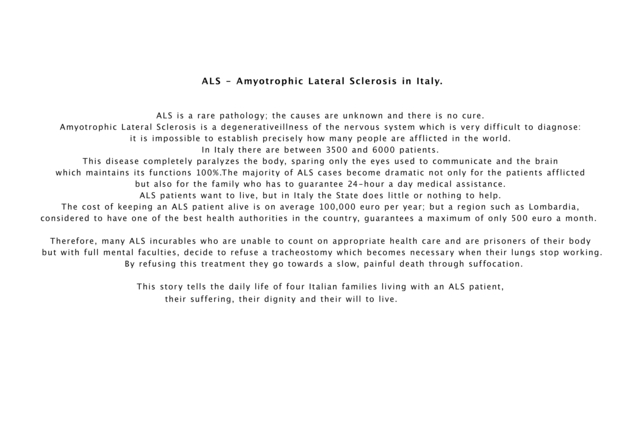
The Cold Divide
With the first two chapters of this ongoing project I portray a nation suspended in time, Moldova, where the heart of Europe and the pulse of Russia intersect and clash. It tells the story of a country where past and future engage in an intricate waltz.
Having formally become a candidate to join the EU in 2022, like Ukraine and Georgia, the country simultaneously contends with the enduring echoes of Soviet history and the magnetic pull of Russian influence, becoming a symbol of this ideological and geopolitical battle we had almost forgotten. This is not a battleground defined by traditional trenches and armaments, but by the concealed workings of a shadow war. This conflict manifests in the realms of conflicting values, intricate propaganda, and covert manipulation—a constant turmoil challenging the resilience of a nation of just under 3 million people.
From a somber Chisinau, I captured the aspirations of communities dreaming of European integration, such as the LGBTQ community and the younger generations, and the nostalgia felt by others yearning for the Soviet era, as seen in the autonomous, pro-Russian region of Gagauzia. Continuing my documentary investigation, I ventured into the so-called Security Zone beyond the Russian checkpoints, which have served as “peacekeeping” forces since the 1992 conflict between Moldova and Transnistria, the last Soviet stronghold in the world. Passing the Russian soldiers, I encountered several Moldovan enclaves existing in a perpetual limbo trapped within Transnistria’s territory and the Dniester River, which marks the divide between Moldova’s main territory and Transnistria, East from West.
Here, along the left bank of the Dniester River, besides my documentary approach, I also adopted a more conceptual perspective, narrating the stagnation of history using expired film from the 1990s, capturing panoramic scenes that evoke the geopolitical complexities of this territory. This is a decade defined by the dissolution of the USSR, the birth of independent Moldova, the war with Transnistria, and its self-proclaimed independence and fidelity to Soviet-era values. Within these landscapes, my aim was to explore the complex interplay of geopolitical and social dynamics through a lens of time, with the landscapes acting as silent witnesses to a lasting division, a suspended future within a frozen conflict. This conflict persists with its implications, evoking a tension that, like a scar, remains unchanged by space and time.
The next chapter of the project will be carried out in Georgia between the fall of 2024 and 2025.
Having formally become a candidate to join the EU in 2022, like Ukraine and Georgia, the country simultaneously contends with the enduring echoes of Soviet history and the magnetic pull of Russian influence, becoming a symbol of this ideological and geopolitical battle we had almost forgotten. This is not a battleground defined by traditional trenches and armaments, but by the concealed workings of a shadow war. This conflict manifests in the realms of conflicting values, intricate propaganda, and covert manipulation—a constant turmoil challenging the resilience of a nation of just under 3 million people.
From a somber Chisinau, I captured the aspirations of communities dreaming of European integration, such as the LGBTQ community and the younger generations, and the nostalgia felt by others yearning for the Soviet era, as seen in the autonomous, pro-Russian region of Gagauzia. Continuing my documentary investigation, I ventured into the so-called Security Zone beyond the Russian checkpoints, which have served as “peacekeeping” forces since the 1992 conflict between Moldova and Transnistria, the last Soviet stronghold in the world. Passing the Russian soldiers, I encountered several Moldovan enclaves existing in a perpetual limbo trapped within Transnistria’s territory and the Dniester River, which marks the divide between Moldova’s main territory and Transnistria, East from West.
Here, along the left bank of the Dniester River, besides my documentary approach, I also adopted a more conceptual perspective, narrating the stagnation of history using expired film from the 1990s, capturing panoramic scenes that evoke the geopolitical complexities of this territory. This is a decade defined by the dissolution of the USSR, the birth of independent Moldova, the war with Transnistria, and its self-proclaimed independence and fidelity to Soviet-era values. Within these landscapes, my aim was to explore the complex interplay of geopolitical and social dynamics through a lens of time, with the landscapes acting as silent witnesses to a lasting division, a suspended future within a frozen conflict. This conflict persists with its implications, evoking a tension that, like a scar, remains unchanged by space and time.
The next chapter of the project will be carried out in Georgia between the fall of 2024 and 2025.















